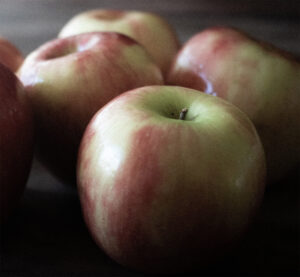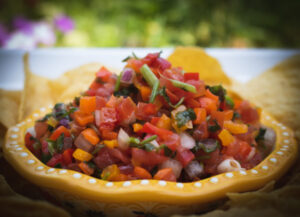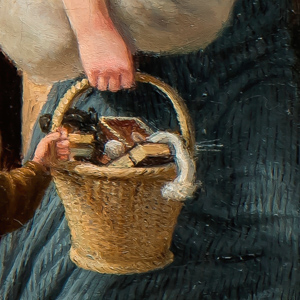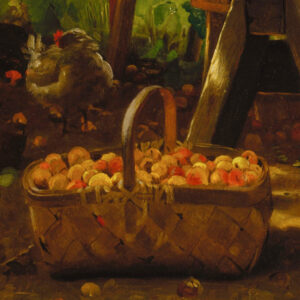Green Chili

Mrs. April Jaure
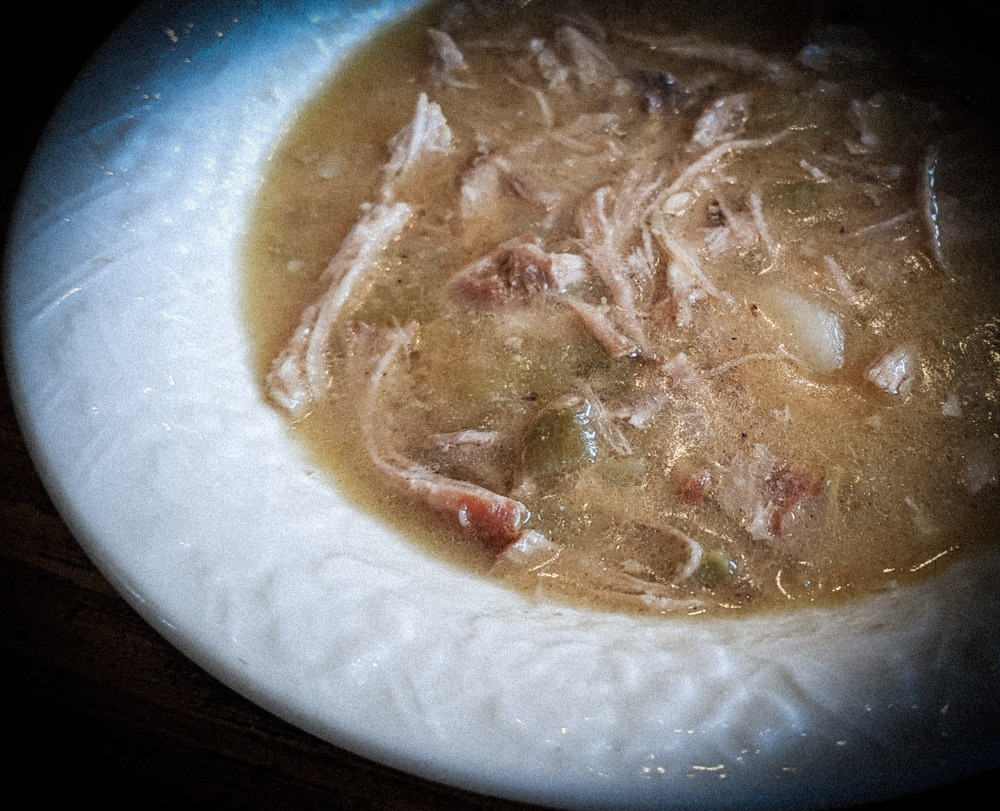
I looked at my eldest brother incredulously. “What do you mean you can’t find green chili in Chicago?”
“No one serves it or even knows what it is,” he replied. “Not even in the Mexican restaurants. If I ask about it, they think I want a green chile pepper to eat.” Teo had recently moved to Chicago, and he might as well have told us that no one there had heard of tortillas. How could a hopping city, presumably more cultured than our little hometown in the mountains of Wyoming (which boasted all of six thousand people) not know about green chili?
What my brother and I didn’t realize when he moved to the Midwest was that green chili is a regional dish. A key ingredient, as its name suggests, is hatch green chiles, which originated in and around Hatch, New Mexico. Before I continue, and in case you are confused, I should probably mention that for the purposes of this article when I refer to chili (spelled with an i), I mean the stew-type dish that we are making today, and when I refer to chile (spelled with an e), I mean the fruit of a pepper plant. Chili-with-an-i and chile-with-an-e can refer to both the stew and the pepper and it is not wrong to use either, but that just seems confusing to me, especially when trying to write about a dish named green chili which contains green chiles. You see what I mean.
Friends of mine from Arizona eat green chili; internet recipes are fond of calling it “Colorado Green Chili’ and others “New Mexico Green Chili.” But regardless of your real or imagined locale, it is a wonderful dish. I simply know it as green chili, and every diner where I originally hale from in southern Wyoming assuredly offers it in a bowl, in a cup, or with the option of “smothering” one’s whole plate (of whatever food you’ve ordered) with it. In my experience, Sunday breakfasts of eggs, hash browns, and sausage just aren’t the same when not covered with green chili and eaten with warmed tortillas.
I am not aware of communities south of the Rio Grande eating the dish, nor anyone much east of the Rocky Mountains (which is why my brother couldn’t find it in all of Chicago). It seems the dish originated from people who live in areas that were once part of Mexico, and, following war in the mid-1800s, found themselves suddenly citizens of the United States. But the dish is so delicious that more people east of the Rockies really ought to consider adding it to their family (or restaurant) menus, if only for my brother’s sake.
— April
What You Need

Ingredients:
• 4 lbs, pork shoulder
• Salt
• 1 tablespoon ghee
• 4, 4-oz cans of diced green chiles
• 2 garlic cloves, minced
• 1/2 onion, diced
• 1/2 tablespoon cumin
• 1/4 tsp smoked paprika
• 1 russet potato, diced
• 1-2 dried chipotle, destemmed and diced
• 5 cups, chicken or pork broth
• 1/2 cup masa harina
• 1/2 cup butter
What You Do



1. Remove the pork shoulder from the refrigerator and liberally salt on all sides. Allow meat to rest for about 30 minutes.
2. Preheat pan (especially if using a cast iron skillet), and melt ghee.
3. Sear meat on all sides to form a nice crust. This takes about four minutes per side.
4. Remove meat from pan and set aside.
5. Cook the diced onions in the same pan. Once onions are tender, add garlic and cook for 30 seconds more.
6. In a large pot or dutch oven, place the pork shoulder and onions and garlic. Add the diced green chiles, paprika, cumin, potato, and chipotle. Cover with the stock and stir. Bring to a low boil, then reduce heat and simmer for about 2-3 hours, or until pork is tender.
7. Remove pork from pot and allow to cool slightly. Shred the meat with two forks, and place back in the pot. Bones can be discarded.
8. In a separate skillet, melt the butter over low-medium heat. Shake in the masa harina into the skillet a small amount at a time and stir continuously to make a rue. Once all the masa is added, cook for five more minutes, stirring constantly.
9. Add rue to the green chili and stir. You may wish to simmer with the lid off, to thicken the chili for another ten minutes. Taste to adjust seasoning.
10. You can eat it immediately, or put it in the refrigerator to enjoy the next day. You may like on its own or as a side. A favorite way of eating it for me is smothering a breakfast burrito with green chili and topping with cheese.
Notes:
I have a strong suspicion that if you live in a region already familiar with green chili, you might also have access to fresh green chiles in the supermarkets. But if not, you may have trouble finding fresh hatch green chiles. The former group of people probably didn’t need this recipe to begin with. Therefore, to accommodate the latter group, the recipe calls for canned green chiles, found in the Mexican section of most grocery stores. But an even better bet for those folks in all but the coldest regions would be to add some hatch chiles to the garden this year. In any case, one way or another, please go ahead and substitute roasted fresh green chiles if you have them.






